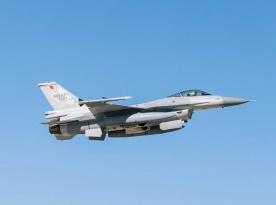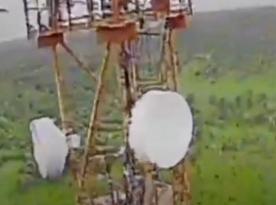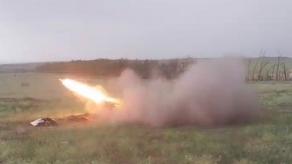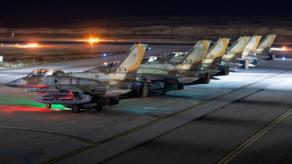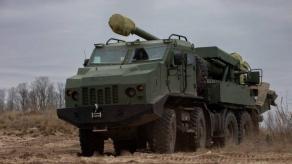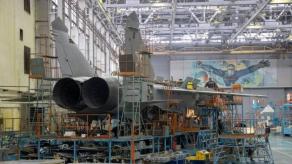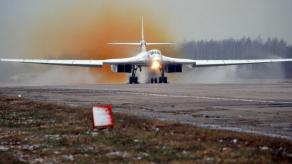Russian sources report that the Zagorsk Optical-Mechanical Plant located near Moscow was involved in the development of a new strategic bomber codenamed Poslannik since 2019. This bomber is better known as PAK DA, which stands for prospective aviation complex for long-range aviation, and it has also been referenced as Izdelie 80.
This facility holds a contract valued at 69 million rubles for “the execution of a research and design component under the codename Poslannik-10EP/L”, with the work scheduled to be completed by 2027.
Read more: The Start of Training for Ukrainian F-16 Pilots Has Been Postponed to September
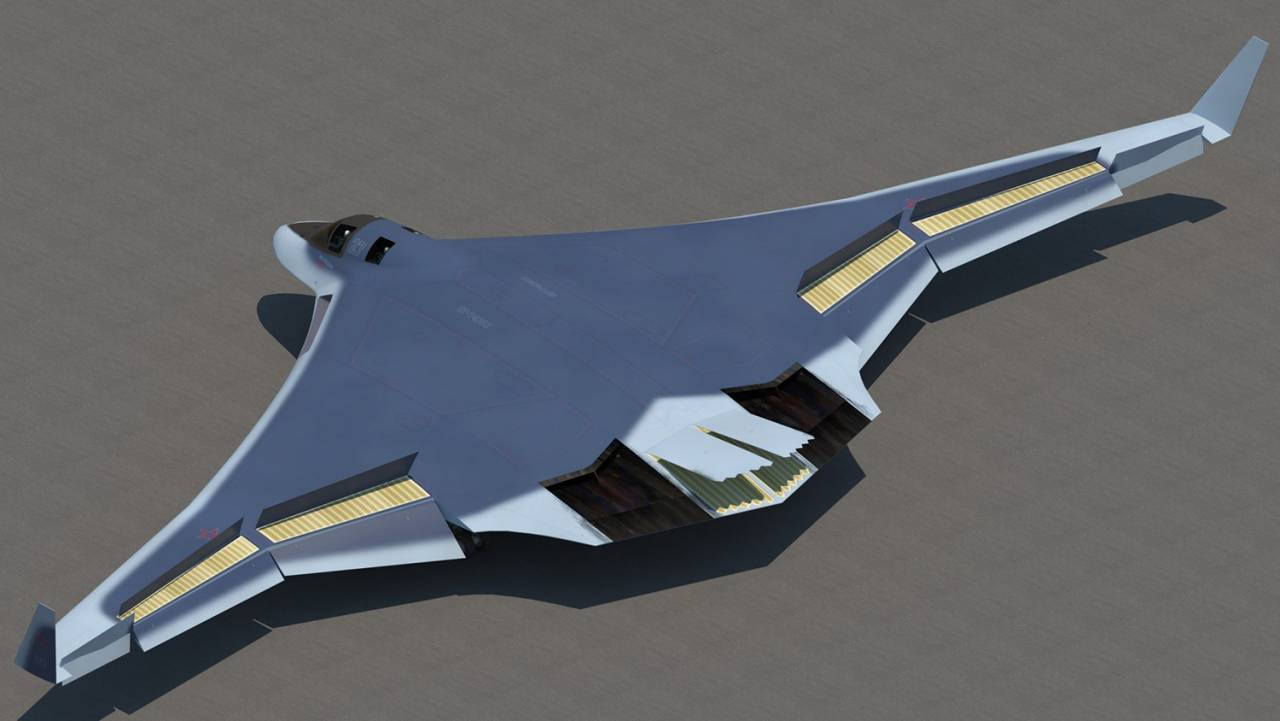
This particular detail holds significance as it serves to highlight the true nature of the russian initiative called PAK DA. Initially designed to develop a successor to the Tu-95MS and Tu-160 bombers, this project has faced remarkably extensive delays beyond initial expectations. The russian aviation corporation Tupolev embarked on outlining the PAK DA’s design as far back as 2009. As of 2021, progress remained limited to a single component – the crew’s ejection seat. Finalizing the bomber’s design proved to be a challenging task.
However, russian propaganda continued to assert that the construction of the first experimental prototype for the Poslannik program had supposedly begun in 2020. They claimed that the first flight of this aircraft would be in 2025. It appears that even in the most favorable circumstances, the russians seem to expect the construction of the first PAK DA prototype only by the 2030s.
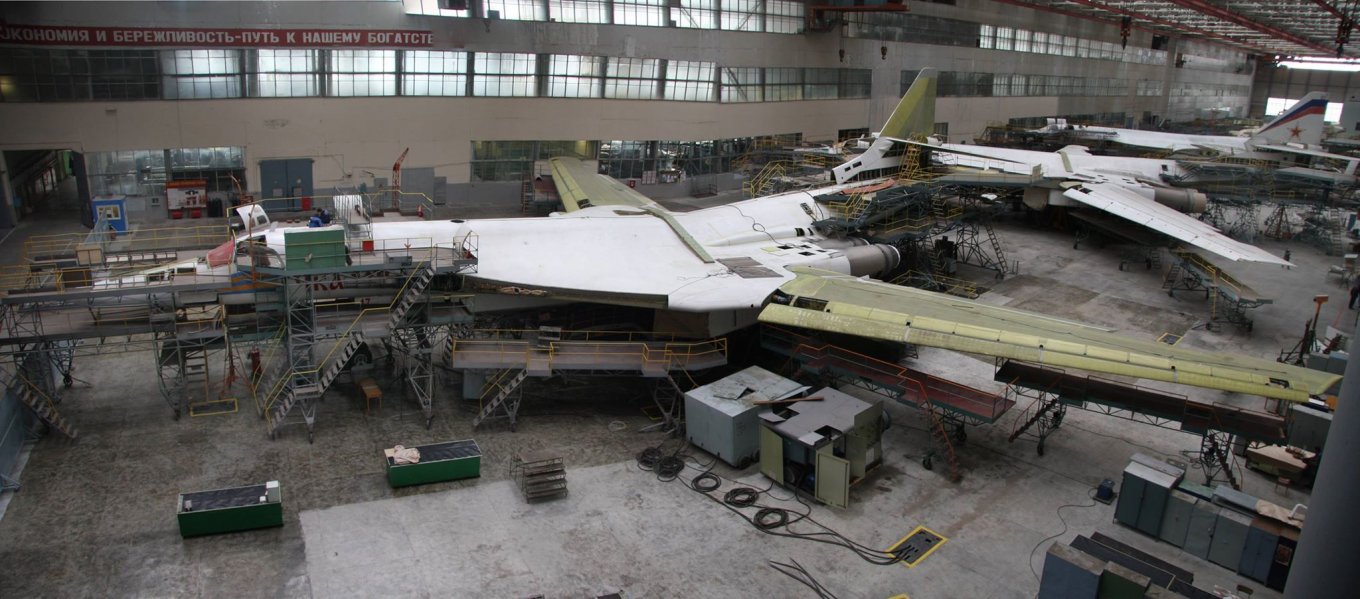
The russians claimed that the PAK DA aircraft would possess the following characteristics:
- takeoff weight – 145 tons;
- combat payload – a range declared between 30 to 45 tons;
- flight speed – subsonic;
- range – up to 15,000 kilometers;
- crew – 4 individuals.
The feasibility of implementing such characteristics within the russian military-industrial complex remains an unanswered question. This uncertainty is primarily due to the fact that the russian authorities are still engaged in developing a crucial element for this project – the Product RF jet engines. These engines are intended to be derived from the NK-32-2 (Product R) engines, a modified version of the powerplant used in the Tu-160 aircraft. Consequently, without the development of the engines, the PAK DA project has no prospects.
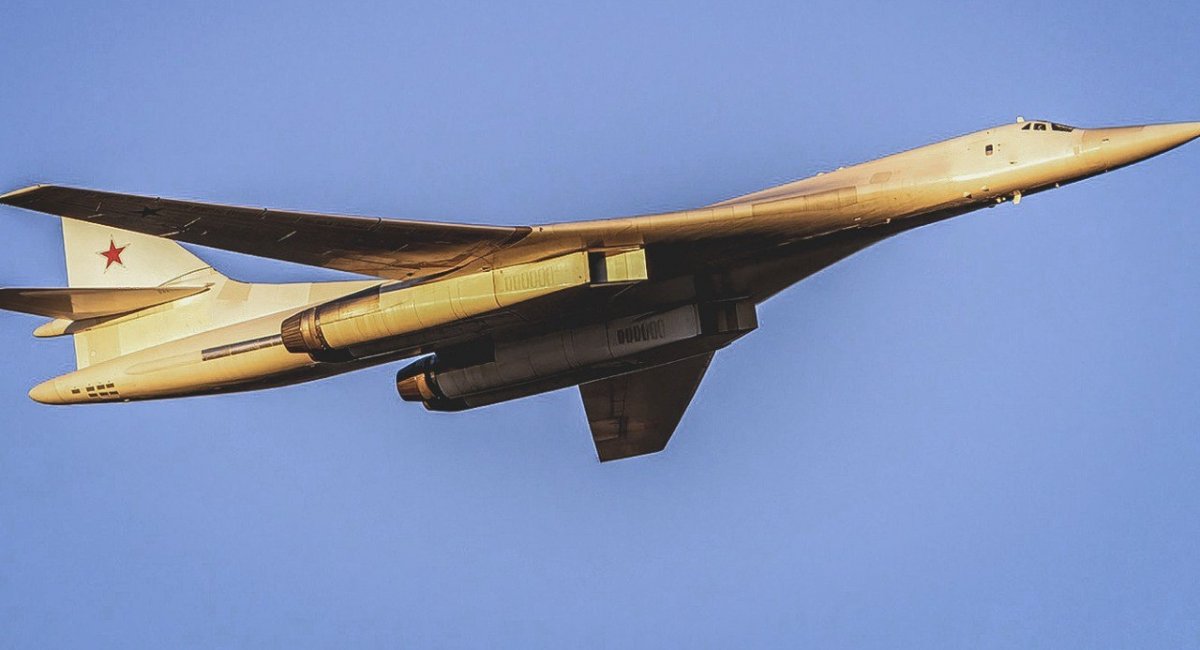
As previously reported by Defense Express, russia initiated a program for the restoration of strategic bombers, specifically the Tu-160, utilizing pre-existing blanks that date back to the Soviet era. Under this program, the Ministry of Defense of russia has acquired two aircraft designated as the Tu-160M. However, it wasn’t until July 2023 that the official state testing of the first of these aircraft commenced.
Read more: Unveiling russian Perspectives on Hypersonic Weapons: Insights from the Arms Export Journal





